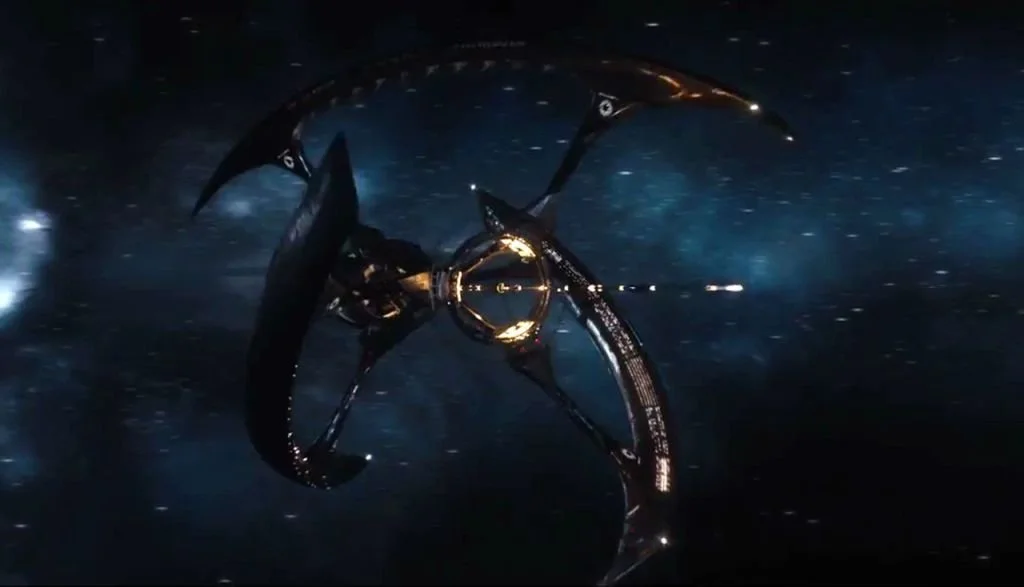The Domains of Exploration
The first rocket to leave the sensible atmosphere was a German V2 during World War 2. The first satellite to be placed into orbit was the Russian Sputnik 1 in 1957. The first person to set foot on the Moon was in 1969. The Voyager 1 and 2 spacecraft were launched in 1977 and are still out there and have left our solar heliosphere. They are the furthest objects humankind has ever sent into space.
Throughout our exploration of space, the majority of our activity has been confined to Earth orbit and around the Moon. This is what we refer to as Cis-lunar space. We then then sent spacecraft to all of the planets and most of the Moons of our Solar System, although many of those have been flyby’s and we have not landed on any of them with people. Any exploration by our space probes out to say around 100 AU (where 1 Astronomical Unit is the mean distance between the Earth and the Sun or around 149.59 billion metres or 92.95 million miles). We refer to this distance, up to around the boundary of the Solar Heliosphere, as interplanetary exploration.
Outside of this distance, where we are now moving way beyond the protection of the Suns magnetosphere, out to distances of 100s AU up to perhaps 1,000 AU, we refer to this as interstellar precursor exploration. The distance of 550 - 1,000 AU is important since it is the approximate distance of the solar gravitational lens position, where we think light bends around the large gravitational mass of the Sun, the positioning depending on how dynamic is the solar corona. A spacecraft placed at this distance with a large telescope looking the other direction would be able to magnify the images of nearby stars (and their exo-planets) by perhaps a factor of 10,000.
When we go beyond the distance we ae heading towards the Oort Cloud. Although it is still gravitational bound to our sun, yet much further out. The Oort Cloud starts from around 3,000 AU and extends certainly out to 50,000 AU, but goes much further still. When our spacecraft are out this far, we can certainly say that we are undergoing interstellar exploration.
This phrase takes on new meaning once we can actually reach the nearest stars, which are at around 4.3 light years away. So far, around 7,000 exoplanets have been discovered around the orbits of other stars and so there are plenty of potential targets for which we could visit. A fast rapid mission would be a flyby mission with no deceleration or stopping. A longer mission would be a rendezvous one, for which the spacecraft would fully decelerate into orbital velocity. A lot more science could potentially be conducted, since the spacecraft could now deploy planetary orbiters, atmospheric penetrators or even ground landers.
Our galaxy extends over a diameter of around 100,000 lights and contains between 100 - 400 billion stars. Once we can explore many of these stars, we would truly become a galactic civilization. However, since the distances are so far, it could only be achieved three ways. The first is with very slow generation ships which might take centuries or millennia to travel between each star.
The second is relativistic ships which can travel immensely fast as in 0.99999c. But then we would also have to deal with the implications of special relativity and due to the time dilation effect on the ships clock as we accelerate through space, many years could have passed back home. Indeed, there may be no-one left to go home to. So, although possible this is not a desirable method.
Another way would be through some kind of short-cut through space-time, such as using a wormhole or warp drive, to facilitate the equivalent of faster-than-light flight. Many theoretical ideas have been proposed for how this could be achieved, but we are yet to advance the ideas towards a viable experimental validation. But if such methods could be adopted, we could explore far off destinations without the time dilation penalties of special relativity. The Universe would become our playground.
Beyond the Universe, who is to say what is out there. By definition THE UNIVERSE, is all there is. However, there are many ideas for different types of multiverse models such as parallel universes or based on separate regions of space-time undergoing their own region of inflationary epoch. So that they are effectively separate universes. Travelling between them would most certainly need some form of short cut in space, or a hyperdimensional tunnel. Such things are dreamed about in our greatest works of science fiction.
The astronautical endeavour is bounded only by the infinite!

